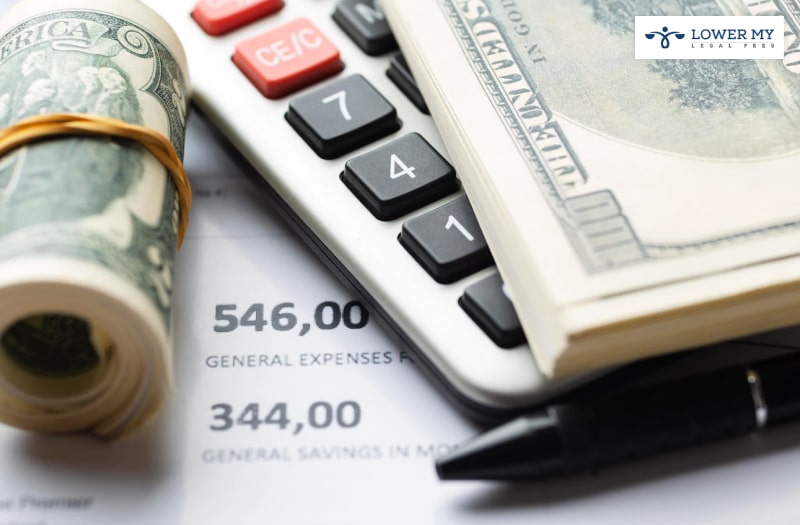It really does not matter who you are or where you come from, or what your interests as a person are. If you are well updated on the current affairs, then there is a chance you know about the capital redemption reserve. However, if you do not know, then you are not alone, there are so many other people as well, and that is all because of many reasons.
Let’s start with the meaning of capital redemption reserve.
So, What Exactly Is Capital Redemption Reserve?

The Capital Redemption Reserve or CRR is a special requirement that has its origins in the Companies Act of the United States. This Act mainly governs multiple company-oriented activities like repurchasing of schemes, capital preference, redemption, etc. In order to stay legally compliant, the companies should stick to these very requirements from the Act. They have to carry out capital redemptions and preferences following the methods of the statute.
Even if the act is very significant, many of us might have trouble understanding the details of the Capital Redemption Reserve system. Things might seem unclear considering all the various provisions in the statute, even to attorneys and law people who are familiar with it. So, we will give you some primary information about CRR to help you understand the primary concept a little better.
Capital Redemption Reserve, Digging Deeper
Capital Redemption Reserve is sort of a financial provision. It states that companies should stay under the Companies Act. Under it a portion of the company’s profits is to be kept aside, redeeming or buying back company shares.
The Companies Act applies to a wide variety of financial transactions. It ensures that the companies follow these rules and regulations when dealing with financial matters.
Modes Of Redemption Under The Capital Redemption Reserve (CRR)
The different modes of redemption include the following:
According to the Companies Act, a company is free to use its profits that cannot be dividends. These specific revenues that do not make it to the dividends of a company can be used for the purpose of redemption of shares. This mode makes it easier for the company to use its surplus profits.
The act calls for companies to start using their profits from the new shares to buy back existing shares. This way of redemption helps the capital structure of the company stay as it is when they are getting successful buybacks.
Companies can also use the provisions of this Act to redeem shares with the use of their own capital. However, this option does come with some pre-requisites. Once these conditions are met, the company can proceed.
The Capital Redemption Reserve will therefore govern the procedures when a company wants to redeem its shares using the modes we mention above.
5 Factors Which You Need To Know For Calculating The CRR

The actual CRR calculation process is what you want to find in this text! It offers you as much information on the issue of capital redemption reserve as you might need. From what it is to other significant facts about it, which will help you inform you adequately on this matter.
And after knowing the factors, you can decide for yourself ‘is a capital redemption reserve a liability?
Here are five factors of CRR that you need to know for calculating the Capital Redemption.
Capital Redemption Reserve Account
There are circumstances under which a limited company might be able to issue out some redeemable preference shares if that is provided in its articles of association. This, therefore, makes these shares liable for a redemption process for a period that does not exceed more than 20 years, right from the time of the issue.
However, as you gain an even more, a better understanding of CRR, also, it is worth stressing that a company can only redeem fully paid up shares, and the word only should be stressed in this case because that is the procedure. These preference shares have to come out of only the profits which are available for dividends.
Therefore, it is right to say that the preferred shares are only redeemed from the capital reserve account, which is purposefully created for this purpose. This means that these shares cannot be redeemed from any other account and only that which is designed for this role alone.
Buy Back The Shares And Schemes
Having listened to all the above information, it is now time to also look at the capital redemption reserve account, which is equally important in this text as well.
Any time a company decides to redeem its shares from its profits, it goes ahead to make a transfer of an amount equal to the redeemable preference of the shares in a nominal value to its redemption reserve account from the company’s profits.
Also, you need to note that cases like this one are normally tied to so many things. For instance, there is the issue of the provision. That is related to the decline of share capital, which also applies heavily. In some cases, the company might also decide to use the CRR in issuing completely paid bonus sharing facilities for its shareholders.
Premium On Redemption Of Preference Shares
For the companies which have financial statements which are in compliance with the accounting standards, there is a need to provide a premium payable on a redemption out of the company profits. This has to occur before the redemption of the shares.
Other than that, there is also another issue in the capital redemption reserve. For instance, when a company redeems its preference shares which are issued before the beginning of the relevant companies act, it shall also provide a premium on the redemption out of all of its profits.
Even though those companies with financial statements do not comply with the relevant accounting standards, they still can provide a premium payable on the redemption of their premium shares out of their profits.
Other than that, there are also different ways through which one can go about this process and achieve the same results. For instance, a company can still be able to carry out this process through the securities premium account, which the company holds.
Redemption Out Of Profits
This is also another one of the means that you need to take note of when dealing with the issue of capital redemption reserve. Anytime a company chooses to redeem its redeemable preference shares from the profits, which are designed for payment of the available dividends, there has to be a creation of the CRR. Without one, it might not be possible even to get started with this process in the first place.
This, therefore, means that the amount in the CRR is the same as that of the nominal value of the redeemable preference shares. Thus, the company has to move ahead and transfer the profits available for the dividends to the CRR.
Redemption Out Of The Proceeds From A New Issue
When dealing with the issue of capital redemption reserve, a company might also be able to redeem all the redeemable shares from the proceeds of the fresh issue of shares. In a case like this one, a company has to start bypassing the entries regarding the new topic and the redemption process.
Therefore, in a new case of equity or even the preference share capital, the account will be equal to or the same as the nominal value of the redeemable preference shares. In a case similar to the one above, the redeemable preference share capital is the same as that of the amount which is found in the CRR as well as the new share capital.
This, therefore, means that a company has to pass all the entries under situations 1 and 2, as seen above.
Conclusion
You need to know so many details about the capital redemption reserve. The text above compiles some of the essential information you need in this case to enable you a better understanding in this regard. As you read through the text, you will be able to obtain other details which are equally important to you.
Read Also:






